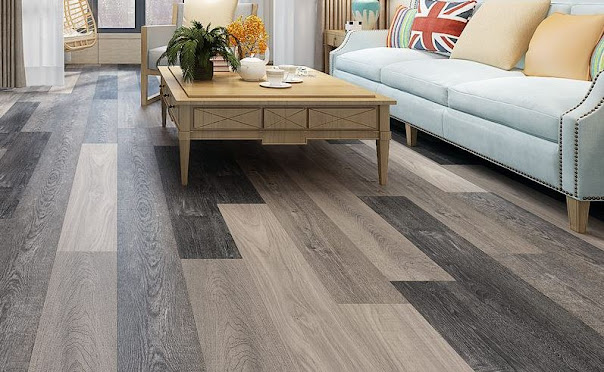How Persian Carpets Have Been Enchanting People Around The World For Centuries?
Persian Carpets have enchanted people around the world for centuries. They are beautiful pieces of art that can turn any house into a beautiful, luxurious, and elegant place to live in.
Made From Natural Materials, Including Wool And Other Fabrics
They are made from natural materials and have a unique design which can be very intricate. They are woven in the traditional way by hand. They are also available in the more modern way which involves using a computerized program to create the patterns and colors.
The material used to make a Persian Carpets is called wool. There are different types of wool that are used to make Persian carpets including sheep, goat, camel and yak. The higher the grade of the wool, the softer and more durable it will be.
Rugs made with a lower grade of wool are often referred to as cotton or silk carpets and are usually lighter in color than those with a higher quality of wool. They are less expensive to manufacture and can be easier to clean.
Different Types Of Knots Are Used In Their Production
Other fabrics are sometimes used in Persian carpets such as ramie, sisal or hemp. During the production process, dyes are added to the yarn in order to give the carpet its final color. The dyes are often extracted from plants or flowers such as the henna plant.
In Persian carpets, many different types of knots are used. They include single, double and senneh knots. These knots are tied around two warps, while the wefts are hidden in the center of the rug.
These knots are tightly woven and give a dense pile. They are very strong and durable and take much longer to make than other knots.
Alternative Knotting Technique That Uses Four Warps
Knotted Persian Carpets Dubai are traditionally made from wool, although they are also made from other fibers such as cotton, ostrich feather or even synthetic fibres like polypropylene. These rugs can be highly textured and are very popular with people who love to have a touch of luxury in their homes.
The knotting technique is very simple, but the pile of a Persian rug can be very thick. It is important that the knotting is done properly in order to achieve a nice, soft and sturdy pile.
During the weaving process, the weaver will pass one, two or three wefts in and out of each warp string and then beat them into place with a comb beater. The comb beater will help keep the wefts in place and prevent them from moving.
After the wefts have been beaten into place, the rug will then be knotted. The wefts are knotted together in a pattern, making up a series of loops that will be used to make the pile of the rug.
Another type of knotted rug is the jufti knot which is tied around four warps instead of two. It is used when a carpet is being made for less money, because it only uses half as much pile yarn as a conventionally woven rug.
Conclusion:
Some jufti knotted rugs are still being made in the traditional way by skilled weavers who have been taught the art of weaving for generations. These rugs are not as sophisticated as others but they can be very beautiful and worth a lot of money.
.jpg)



Comments
Post a Comment